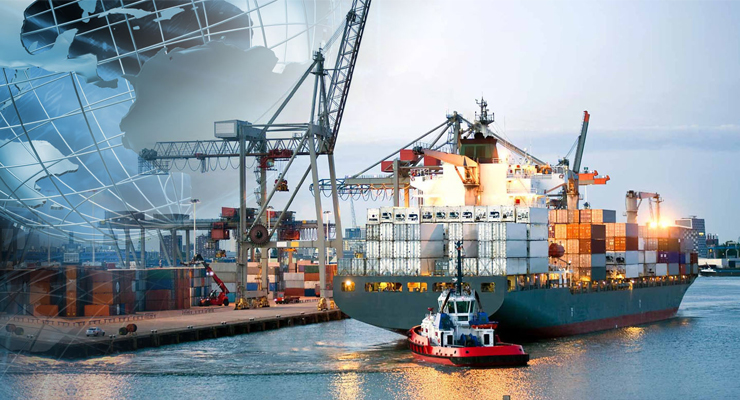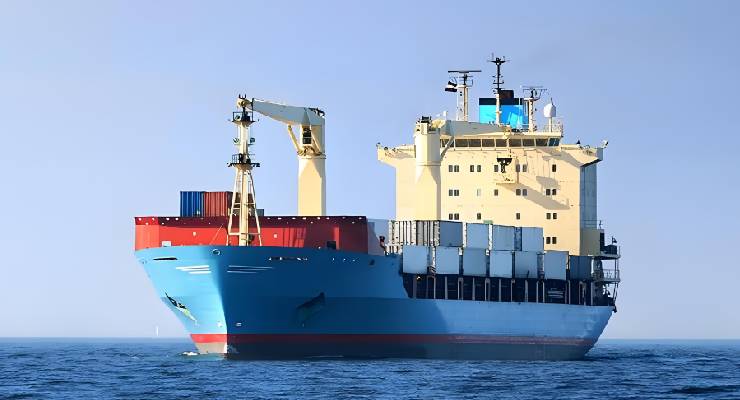
Ocean freight accounts for about 90 percent of global shipping, which makes it the main mode of transportation. It is also the preferred mode due to efficiency, cost-competitiveness, and heavy cargo capability. There is also a degree of flexibility in how freight rates are calculated. In some cases, rates cover shipping, stowage, and unloading at the port of arrival but not loading and stowage at the port of origin. In other cases, carriers are not responsible for trimming, stowage, unloading, and loading. Other factors that affect rates include season, distance to destination, type and amount of cargo, fuel costs, and demand.
Fuel Costs
Freight rates are closely related to fuel costs. When fuel prices increase, vessel owners either take some losses or hike prices as ships become more expensive to operate. Losses will then be passed to merchants and consumers, either in the form of a fuel component or indirectly.
Supply and Demand
Freight rates also depend on demand, i.e. the volume of cargo that is ordered and shipped. If demand is high and capacity limited, vessel owners may choose to offer space at a premium. Also, for some types of cargo seasonality is an important factor. Fruits, vegetables, and grain that are shipped during a certain period of the year will have higher freight rates.
Distance to Destination
Distance or intended destination is also a factor that affects shipping rates. As a rule, the longer the journey to the post of arrival, the higher the freight rates. In addition, if you ship cargo to an isolated or remote location that is difficult to reach, rates are likely to be high. If your destination is close to a major port or carrier’s hub, shipping costs will be lower.
Service Charges
Port service charges and terminal fees affect shipping rates. Depending on your destination, you may have to pay:
Freight dues
Pilotage, berth, canal, anchorage, lighthouse, and sanitation dues
Customs duties
Tugboat and dock fees
Tonnage dues
Type and Amount of Cargo
If your freight is difficult to ship, such as dangerous or oversized cargo, freight rates will be higher. When shipping dangerous goods which require special storage, shipping, and handling, you will be charged higher rates due to the need for special containers, skilled manpower, etc. You may also have to pay demurrage and detention (D&D) and port storage charges.
Geopolitical Risks
Rough governments and the dangers of pirate attacks tend to push prices up along some routes. Such routes which are vulnerable to piracy include the Strait of Bosporus, Bab el-Mandeb Strait, Hormuz Strait, and surprisingly, the Suez Canal. These routes are considered riskier due to the presence of terrorist sects and maritime pirates which is why vessel owners have to pay higher insurance premiums.
In addition to the list above, other factors that affect shipping rates include government regulations, your reputation as a merchant and partner, and adverse events like epidemics and conflicts that cause supply chain disruptions.
-
 A Comprehensive Guide to Refrigerated ContainersJun 17,2025
A Comprehensive Guide to Refrigerated ContainersJun 17,2025 -
 Guide to 20ft & 40ft Shipping Container Dimensions for Global LogisticsJun 17,2025
Guide to 20ft & 40ft Shipping Container Dimensions for Global LogisticsJun 17,2025 -
 How to track shipments sent from ChinaMay 13,2025
How to track shipments sent from ChinaMay 13,2025 -
 Guide to Importing and Shipping Cars from China to UAEMay 13,2025
Guide to Importing and Shipping Cars from China to UAEMay 13,2025 -
 Guide to Importing and Shipping Camping Gear from ChinaMay 07,2025
Guide to Importing and Shipping Camping Gear from ChinaMay 07,2025 -
 Shipping from China to YemenMay 06,2025
Shipping from China to YemenMay 06,2025

